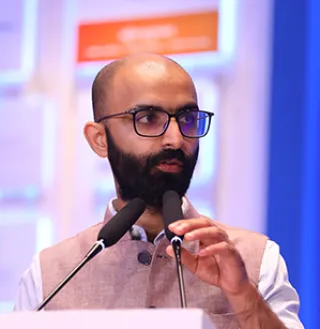-
CENTRES
Progammes & Centres
Location
 PDF Download
PDF Download 
The year 2015 is a monumental one for the global financial order. UN member states are on the cusp of replacing the Millennium Development Goals (MDGs) with newly formed TSustainable Development Goals (SDGs) at the upcoming session of the General Assembly, signaling the international community’s adoption of a renewed development agenda. With the advent of institutions such as the BRICS New Development Bank (NDB) and the Asian Infrastructure Investment Bank (AIIB), India’s emerging economy is well poised to assume a significant role in international processes that will shape the global economic climate in the near future.
In order to understand India’s ability to influence these processes, it is imperative to examine the substance of the nation’s economic presence in international development.Due to its status as an emerging economy, India is generally conceived of as a recipient of foreign aid. While the nation’s full potential as a leader in international development cooperation is yet to be fulfilled, India has established itself as a significant source of assistance for other developing countries since the liberalisation of its economy in the 1990s. According to government figures, India’s development assistance expenditures are expected to total US$1.3 billion in 2014-15, a substantial sum that is more than double the projected net development assistance received in the same financial year (US$655 million).
This paper attempts to map India’s growing economic footprint in the developing world, from both the public and private lenses. As India makes its transition from recipient to contributor, it is crucial to identify emerging patterns in various components of its development assistance. In addition to trends in more conventional forms of development assistance such as grants and trade agreements, other stalwarts of India’s development assistance to the global South, including lines of credit and technical cooperation, will also be assessed. Apart from providing a clearer picture of India’s stake in multilateral development processes, this footprint also serves to reflect trends in India’s economic relations with other countries and regions of similar economic standing.
The views expressed above belong to the author(s). ORF research and analyses now available on Telegram! Click here to access our curated content — blogs, longforms and interviews.

Shubh Soni is the Head of Partnerships and Administration at ORF. He drives the conceptualization, curation and execution of ORF’s marquee platforms, along with engaging ...
Read More +